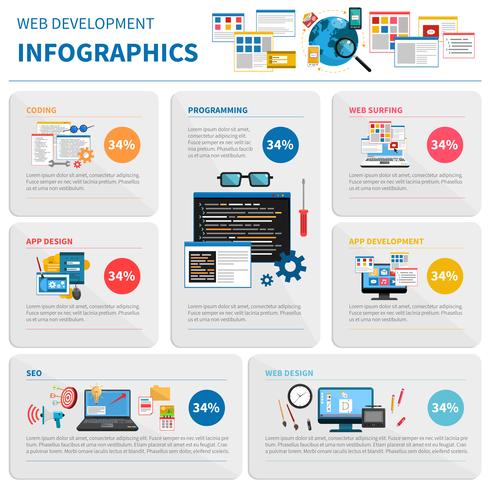Fascinated In Learning Exactly How Internet Site Style Has Altered For Many Years? Check Out The Progression From Standard, Uncomplicated Styles To User-Centered Techniques That Focus On The Requirements And Choices Of On-Line Visitors
Fascinated In Learning Exactly How Internet Site Style Has Altered For Many Years? Check Out The Progression From Standard, Uncomplicated Styles To User-Centered Techniques That Focus On The Requirements And Choices Of On-Line Visitors
Blog Article
Post Created By-Collier Wong
In the past, sites were easy and focused on details. Navigation was straight, and layout was for desktop computers. Now, individual experience is essential. Data guides styles for easy navigation. Responsive layouts fit different gadgets. Today, dark setting reduces stress, and minimalist food selections enhance navigation. Interactive functions involve individuals, and vibrant visuals attract attention. AI assimilation boosts engagement. See just how style has progressed to boost your on-line trip.
Very Early Days of Website Design
In the very early days of website design, simplicity preponderated. Internet sites were standard, with limited colors, fonts, and designs. The emphasis was on giving information rather than showy visuals. Users accessed the web through sluggish dial-up connections, so speed and capability were vital.
Navigating visit the following website were straightforward, typically situated at the top or side of the page. Internet sites were made for home computer, as mobile browsing wasn't yet prevalent. Material was king, and developers prioritized very easy readability over intricate layout aspects.
HTML was the primary coding language made use of, and designers needed to work within its restraints. Computer animations and interactive functions were very little contrasted to today's standards. Websites were static, with little dynamic content or customized customer experiences.
Increase of User-Focused Design
With the development of site style, a change in the direction of user-focused style principles has actually come to be increasingly noticeable. Today, producing sites that prioritize customer experience is crucial for engaging site visitors and accomplishing organization goals. User-focused design entails understanding the requirements, preferences, and actions of your target market to tailor the web site's format, material, and features accordingly.
https://tysonlhdxr.blog4youth.com/30430663/crafting-captivating-ad-copies-for-your-ppc-approaches perform thorough research, such as individual studies and use testing, to gather insights and comments directly from customers. This data-driven approach aids in creating user-friendly navigating, clear calls-to-action, and aesthetically appealing user interfaces that reverberate with site visitors. By placing the customer at the facility of the design process, web sites can deliver a more individualized and delightful experience.
Responsive design has also emerged as an essential element of user-focused style, guaranteeing that internet sites are enhanced for various gadgets and display dimensions. This versatility enhances availability and usability, accommodating the diverse means users engage with sites today. Fundamentally, the increase of user-focused style symbolizes a shift in the direction of developing digital experiences that prioritize the needs and assumptions of completion user.
Modern Trends in Web Design
Check out the most up to date patterns shaping website design today. One noticeable pattern is dark mode layout, supplying a smooth and modern-day look while decreasing eye pressure in low-light settings. An additional essential pattern is minimalist navigation, streamlining menus and improving user experience by focusing on essential elements. Including micro-interactions, such as computer animated switches or scrolling results, can create a more engaging and interactive site. Responsive design continues to be important, ensuring seamless user experiences across various gadgets. Furthermore, utilizing bold typography and asymmetrical layouts can add aesthetic interest and accentuate certain content.
Integrating AI technology, like chatbots for consumer assistance or tailored recommendations, boosts user interaction and improves procedures. Access has also end up being a substantial fad, with developers focusing on inclusive style practices to accommodate diverse user demands. Embracing sustainability by maximizing web site efficiency for speed and performance is an additional emerging trend in website design. Teaming up with user feedback and data analytics to repeat and improve style constantly is crucial for remaining relevant in the ever-evolving digital landscape. By accepting these modern fads, you can produce an aesthetically attractive, straightforward internet site that reverberates with your target market.
https://contentmarketingjobdescri84061.qodsblog.com/29902425/crafting-interesting-advertising-message-for-your-pay-per-click-projects
As you assess the advancement of website style from the very early days to currently, you can see exactly how user-focused design has become the driving force behind contemporary fads.
Embrace the journey of adjustment and adaptation in website design, constantly keeping the individual experience at the center.
Remain present with the most up to date patterns and innovations, and never ever quit developing your strategy to produce visually spectacular and straightforward web sites.
Develop, adapt, and create - the future of web design remains in your hands.
